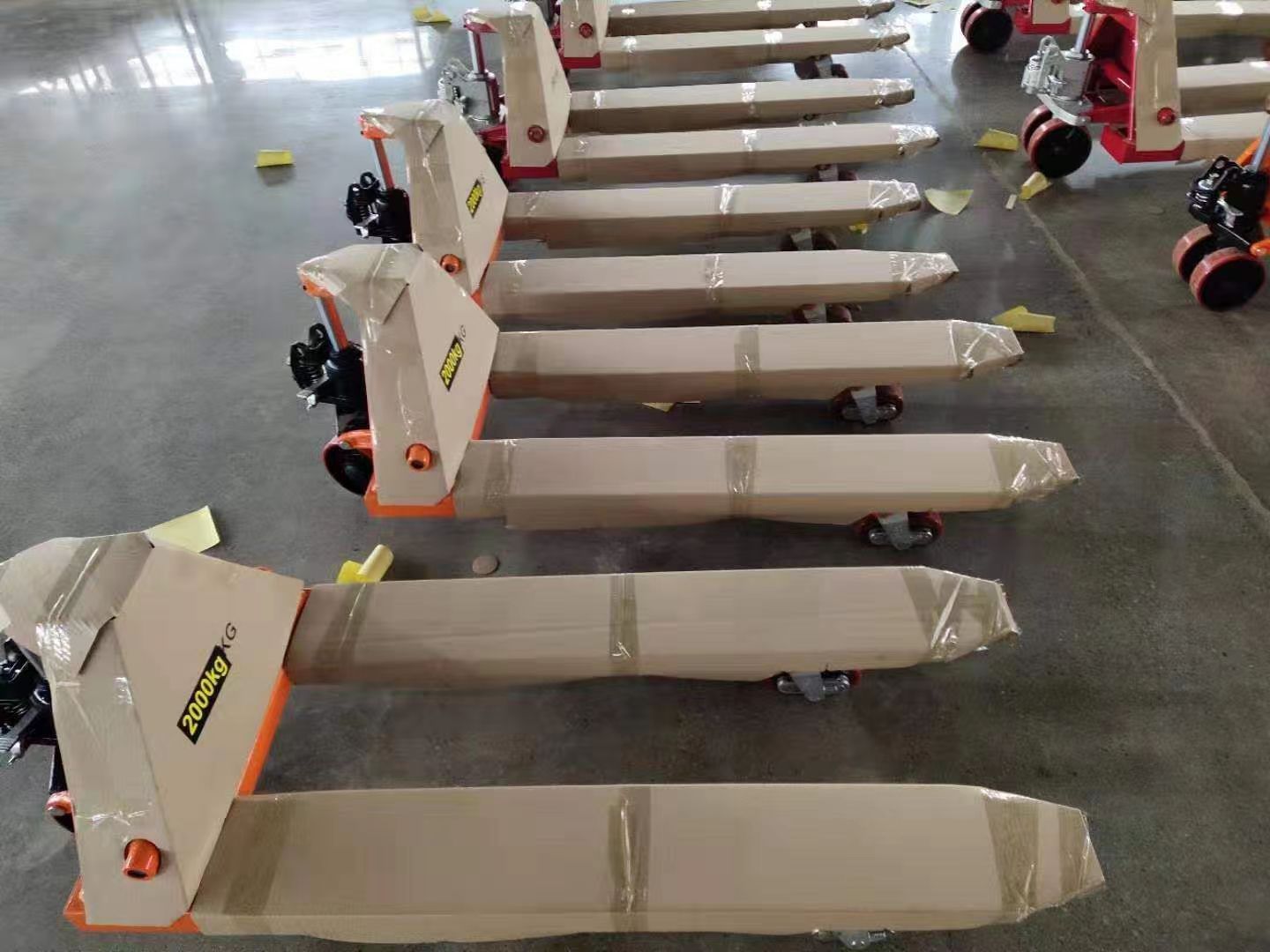


Understanding AC Electric Winches A Comprehensive Guide
AC electric winches have become essential tools in various industries, providing efficient and reliable solutions for lifting, pulling, and positioning heavy loads. Engineered for performance and durability, these winches operate using Alternating Current (AC), making them suitable for both industrial and recreational applications. This article explores the key features, benefits, and applications of AC electric winches.
Key Features
One of the standout features of AC electric winches is their powerful motor, which allows for heavy lifting with minimal effort. These winches typically consist of a motor, a gear system, a drum for the cable or rope, and control mechanisms. The AC motor ensures a steady supply of power, which is crucial for sustained operations. Unlike their DC counterparts, AC winches tend to have lower maintenance needs and longer service lives due to fewer components and reduced wear.
Another significant feature of AC electric winches is their versatility. They come in various sizes and capacities, allowing users to select the right winch based on their specific requirements. From small models designed for home use to large industrial winches capable of lifting several tons, the options are abundant. Additionally, many models offer advanced features like remote controls, automatic braking systems, and variable speed controls, enhancing their usability.
Benefits
The primary benefit of using AC electric winches is their efficiency. These winches can operate continuously without overheating, making them ideal for prolonged usage in industrial settings. Their design also minimizes noise and vibrations, which is particularly advantageous in environments where such factors can impact safety or comfort.

AC electric winches are also environmentally friendly. They rely on electric power rather than fossil fuels, leading to reduced emissions and a smaller carbon footprint. Furthermore, they are typically more energy-efficient than their gas-powered or hydraulic counterparts, contributing to lower operational costs over time.
Applications
The applications of AC electric winches are vast. In construction, they are frequently used for lifting heavy materials, such as beams and equipment, making the construction process smoother and more efficient. In the marine industry, they are employed to handle boats and heavy cargo. Warehouses and manufacturing plants utilize AC electric winches for material handling, streamlining the movement of goods and maximizing productivity.
In recreational activities, such as off-roading and boating, compact AC winches provide vital assistance, aiding in towing and recovery operations. Their ability to adapt to various environments makes them indispensable tools for both professionals and hobbyists.
Conclusion
AC electric winches are an invaluable asset across many sectors, offering robust performance, safety, and environmental benefits. Whether in industrial applications or leisure activities, these winches enhance operational efficiency and provide reliable solutions for lifting and pulling tasks. As technology advances, we can expect even more innovative features and improved performance from AC electric winches, solidifying their place in the toolkit of choice for various users.



